
Rhizobia use a pathogenic-like effector to hijack leguminous nodulation signaling (Sci Reports)
Plant Science Research WeeklySymbiotic interactions between legume plants and compatible rhizobia bacteria lead to the formation of nitrogen-fixing nodules in the host plant root. Compatibility between rhizobia and host plants is determined by various factors like plant species-specific flavonoid secretion, extracellular polysaccharides…

Plant cell layer-specific responses against pathogenic and beneficial microbes (Cell Host & Microbe)
Plant Science Research WeeklyPlant roots are composed of concentric cell layers with distinct gene regulatory programs. Cell layer-specific responses are likely critical for plants to cope with microbes with various lifestyles, but little is known about root responses against microbes at cell-layer resolution. Fröschel et al. tackled…
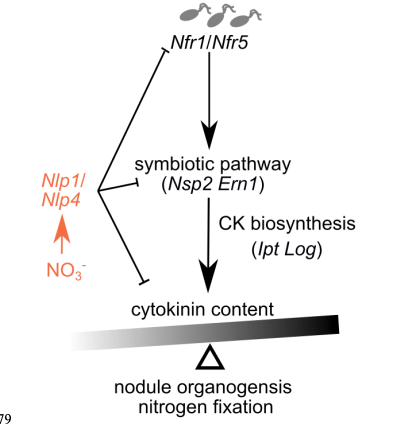
Nitrate inhibits nodule organogenesis through inhibition of cytokinin biosynthesis in Lotus japonicus (bioRxiv)
Plant Science Research WeeklyThe symbiotic association between legumes and nitrogen-fixing rhizobia leads to the formation of nodules in roots, which supply nitrogen to the plant in low soil nitrate condition. In contrast, the presence of high nitrate reduces nodule formation. Cytokinin (CK) biosynthesis plays a major role in nodule…

An evolutionary perspective on LysM receptors reveals conserved mechanisms for microbial signal perception
Blog, Plant Physiology, Plant Physiology: News and Views, ResearchLena Maria Müller
Boyce Thompson Institute
[email protected]
Plants are in constant contact with millions of microbes, which can be pathogenic or establish mutualistic interactions with the plant. One well-studied mutualistic interaction is the nodulation symbiosis of legumes with nitrogen-fixing…

Identification of a unique ZIP transporter involved in zinc uptake via the arbuscular mycorrhizal fungal pathway (bioRxiv)
Plant Science Research WeeklyLast week, PSRW presented two review papers regarding host plant interactions with microbial populations, particularly for plant nutrient intake. Watt-Williams et al. utilize such knowledge for their paper, performing an RNA-seq dataset to identify a novel zinc transporter in Medicago truncatula. Zinc…
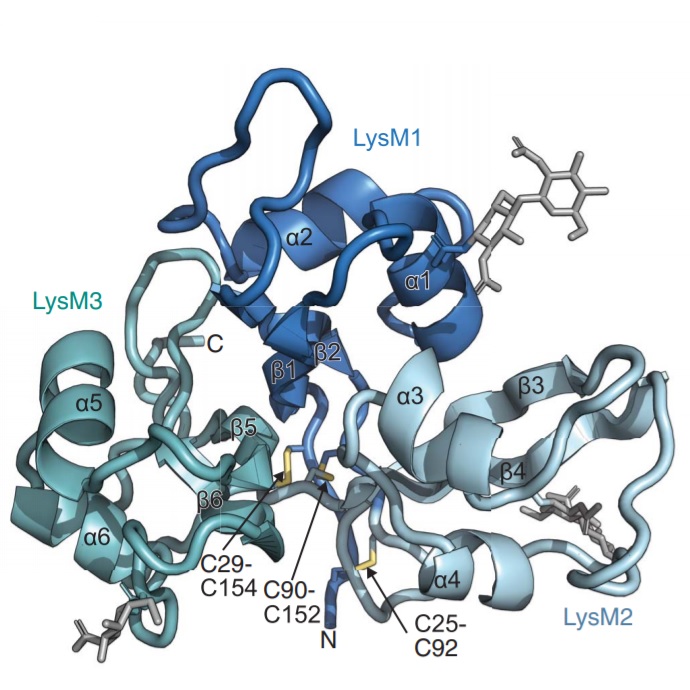
Friend vs. foe: molecular insight towards microbial recognition and specificity in legume signaling (Science)
Plant Science Research WeeklyEcosystems are founded by relationships between organisms, such as the mutualism between plants and microbes. An example is the agriculturally important symbiosis between legumes and nitrogen-fixing bacteria that reside in nodules of legumes. Legumes must be able to differentiate, through undetermined…
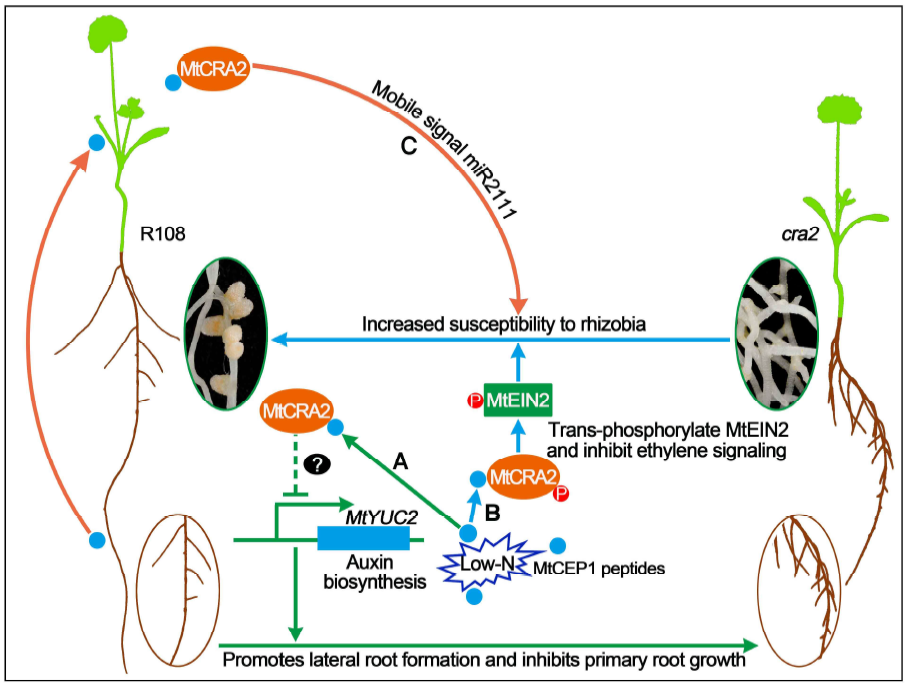
A CEP Peptide receptor-like kinase regulates root growth and symbiotic nodulation (Plant Cell)
Plant Science Research WeeklyUnder low N condition, plants form more lateral roots to facilitate N-uptake efficiency, and legumes such as Medicago truncatula develop more nodules to fulfill plant nitrogen requirements. Since both lateral root formation and nodulation are energy-consuming processes, plants balance these developmental…
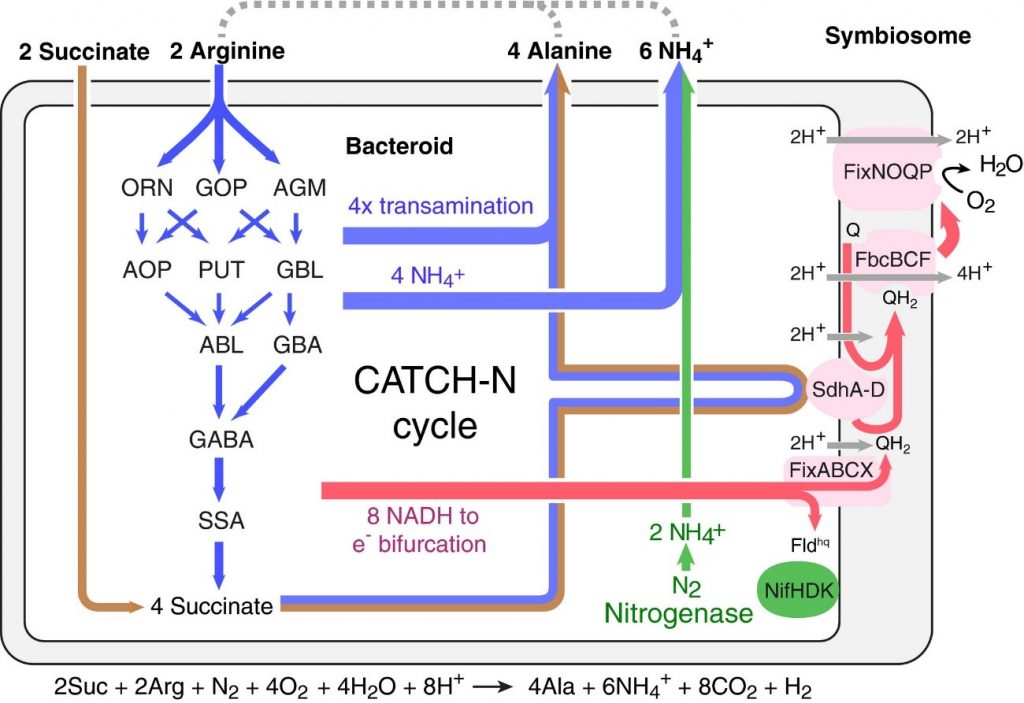
Co‐catabolism of arginine and succinate drives symbiotic nitrogen fixation (Mol Sys Biol)
Plant Science Research WeeklySymbiotic nitrogen fixation is a mutualistic relationship between plants and microbes in which plants supply fixed carbon to bacteria in exchange for nitrogen. During this process, the microbes use nitrogenase enzyme to convert atmospheric nitrogen into a plant-usable form, but the metabolic interaction…
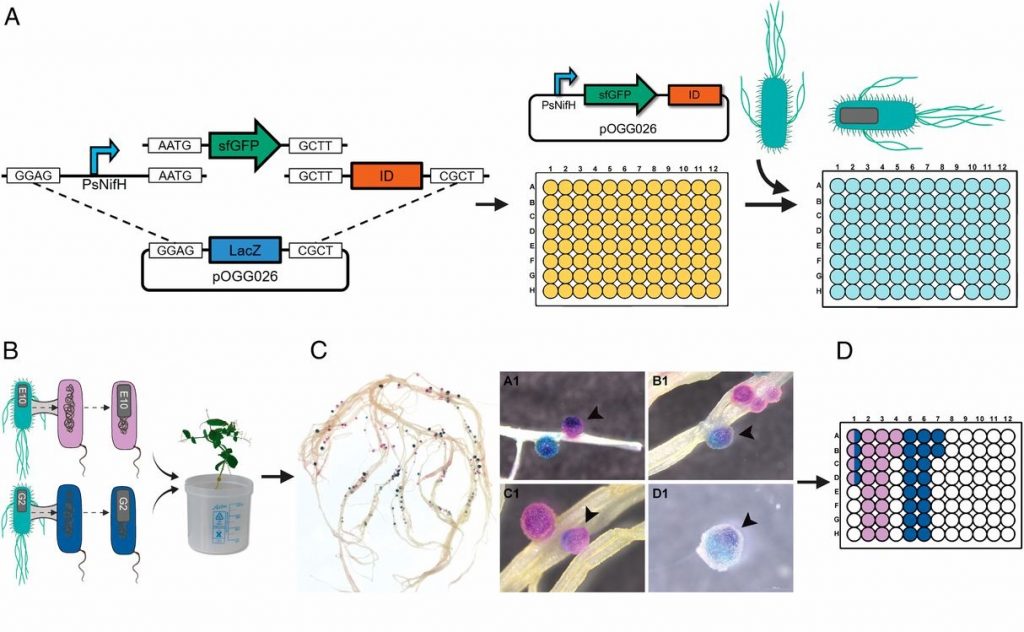
A molecular toolkit for screening elite rhizobia (PNAS)
Plant Science Research WeeklyN2-fixing rhizobia bacteria are able to establish symbiotic interactions with legumes in specialized organs called root nodules. Identifying elite rhizobia that are both competitive for nodule occupancy and effective in N2 fixation in agricultural environments is crucial for maximizing the yield of legumes.…

